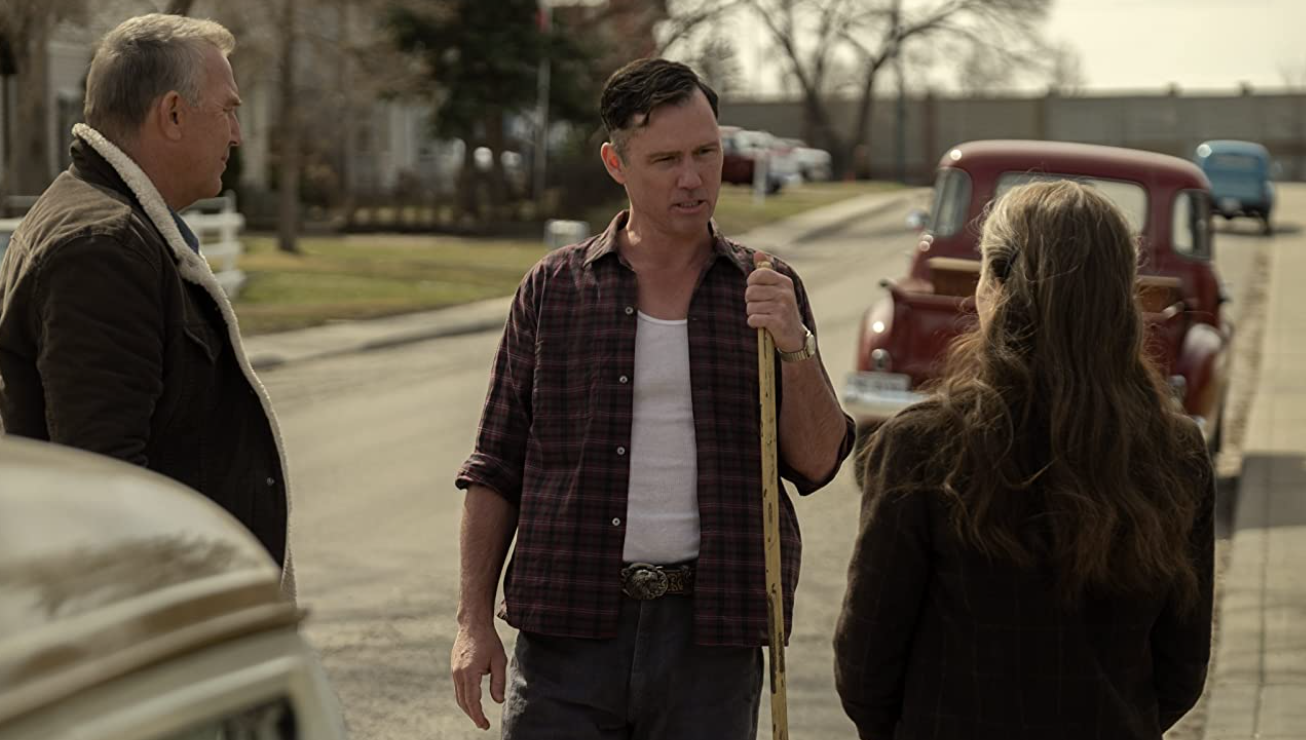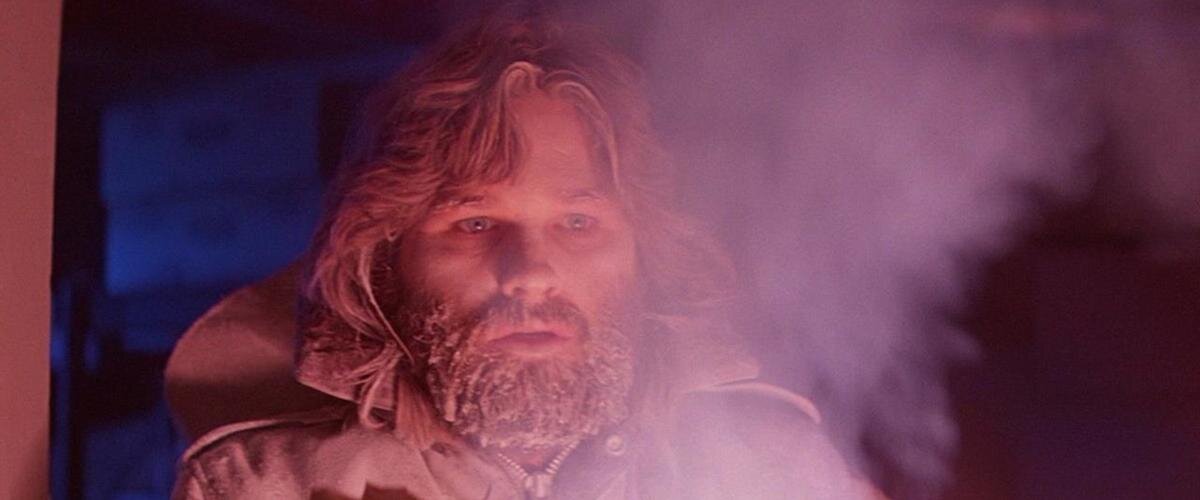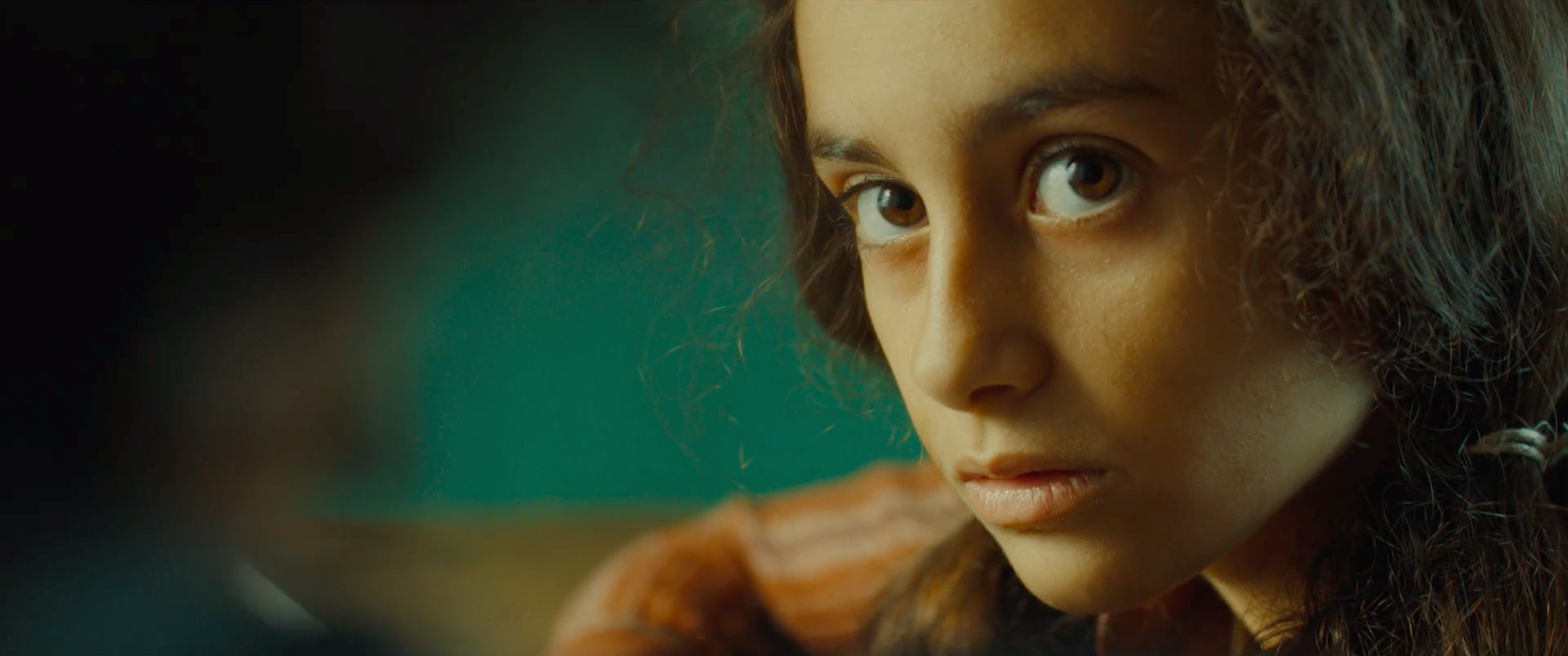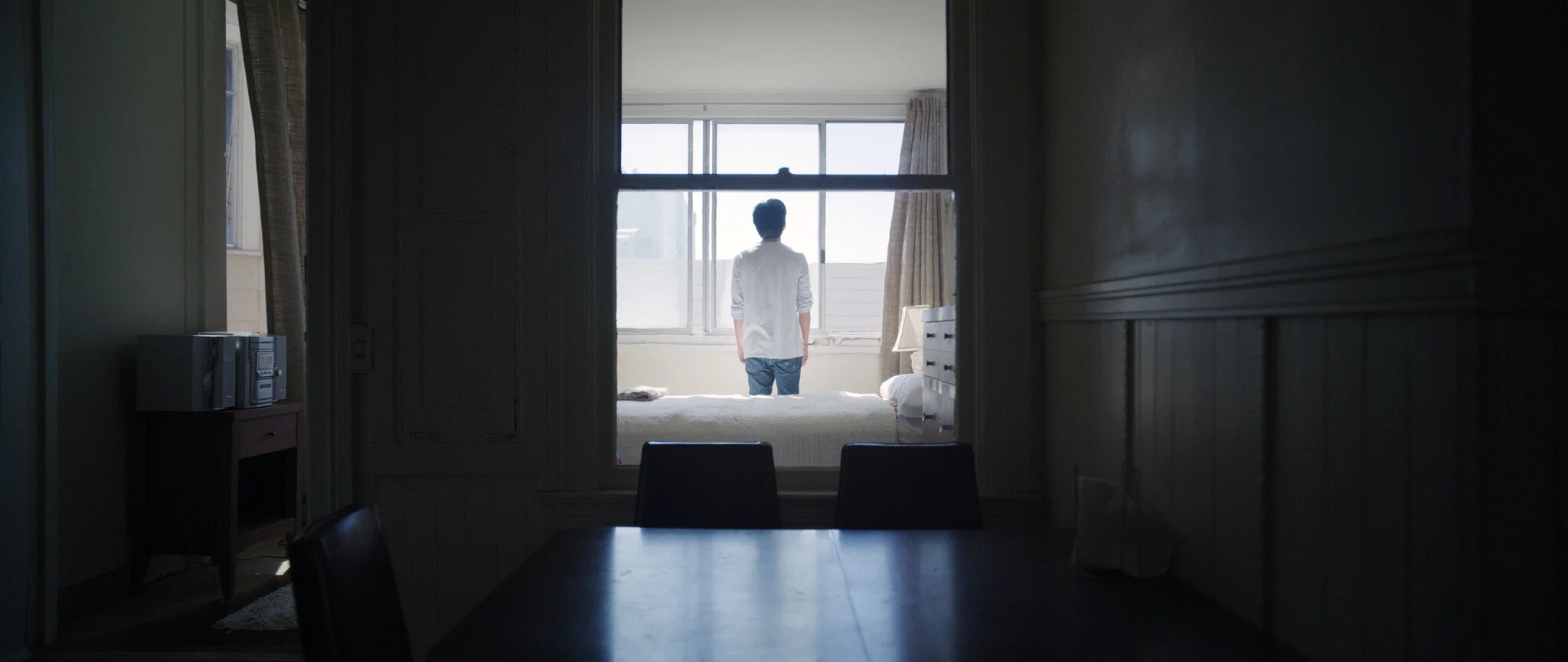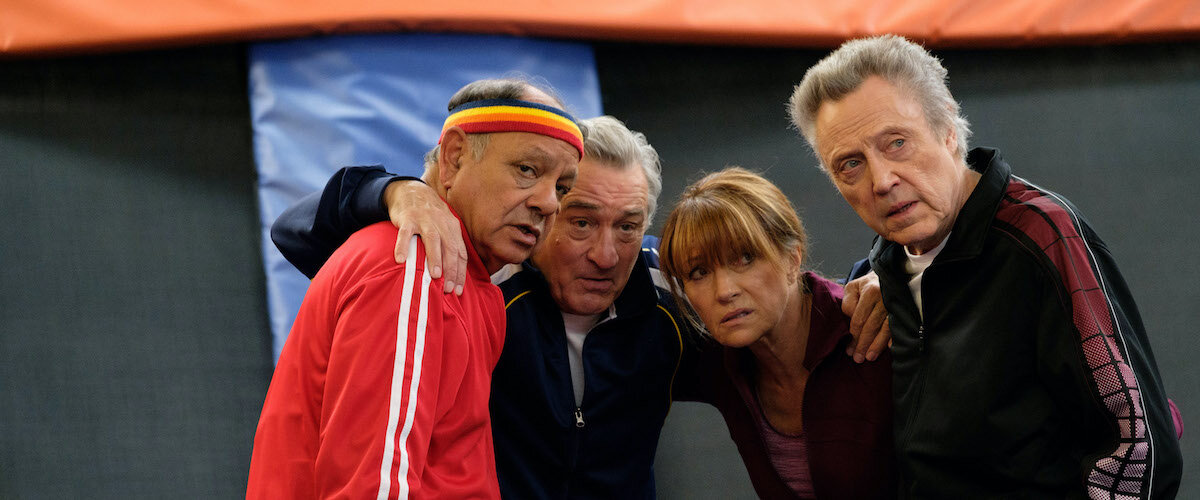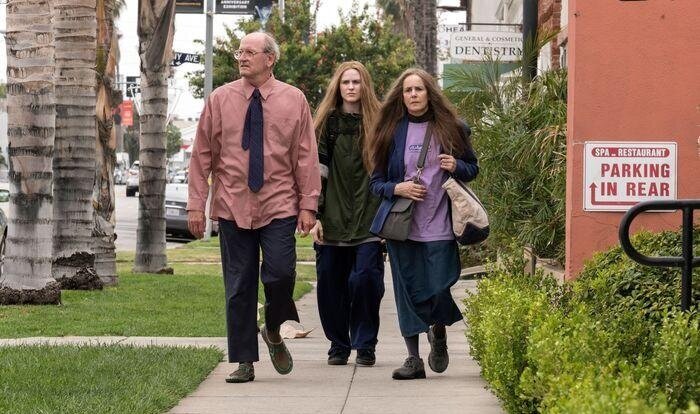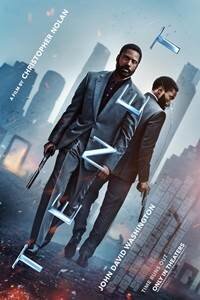Kevin Costner, Diane Lane, and Jeffrey Donovan in “Let Him Go”
‘Let Him Go’: Lane and Costner embrace this effective 20th century western
Directed by: Thomas Bezucha
Written by: Thomas Bezucha, based on Larry Wilson’s novel
Starring: Diane Lane, Kevin Costner, Lesley Manville, Kayli Carter, and Booboo Stewart
“Let Him Go” – “You let it be known, you’re looking for a Weboy, they’ll find you.”
The last time that we saw Diane Lane and Kevin Costner on the big screen together, they played Superman’s parents, Martha and Jonathan Kent, in “Man of Steel” (2013), and in director/writer Thomas Bezucha’s “Let Him Go”, they portray a caring mom and dad as well. Margaret and George Blackledge (Lane, Costner) don’t live in Smallville. They reside in Montana.
For many years, Margaret broke horses, and George – a long-time lawman - broke open cases and chased down criminals. They’re both retired now and soaking up the good life on a spacious farm and tending to a few stallions in the company of their grandbaby Jimmy, grown son James (Ryan Bruce), and his wife Lorna (Kayli Carter). Other than Lorna and Margaret occasionally quarreling, life feels like a Hallmark card or a Norman Rockwell painting at the Blackledge Ranch, and Bezucha scribes and paints these moments with sunshine, breakfast at the kitchen table, and Stephen M. Davis’ gentle score.
Sometimes, life has a way of muddling our best-laid plans, and tragedy strikes the Blackledges. Early in the film’s first act, James suddenly passes away, and Lorna remarries Donnie Weboy (Will Brittain), who unfortunately is the wrong guy. The young family moves out of state, but Margaret is determined to see her grandson again, and then some.
Bezucha’s screenplay – based on Larry Watson’s 2013 novel – wraps itself within the tightly-wound bonds of family. It’s a timeless concept with all eras of humanity, but this one is set in the 1960s, an age before global consumer supply chains, Starbucks on every third corner, and social media. Mothers and fathers regularly converse – in-person - with their adult children and grandkids throughout the week, and big Saturday barbeques with laughter and hamburgers fill up the calendar, year after year. James’ passing already punished the Blackledges, but the thought of losing Jimmy – due to distance, not death – feels unbearable to Margaret, and this thoughtful, kind mamma grizzly refuses to let her grandson go.
Margaret admits, “I don’t know when it’s time to call it quits.”
Mrs. Blackledge may indeed fight past midnight, but this is a core strength. Margaret is a superwoman of sorts, who also provides a bedrock of support to her steady - but weary - husband. George has seen more ills in society’s underbelly than he cares to remember and internalizes these troubled memories, as Bezucha hints that his protagonist’s drinking was a frequent source of strife with Margaret. George equally supports his wife though, and feels at ease following her lead within his unfamiliar spaces. This couple enjoys a dedicated, healthy relationship, and Costner and Lane proudly offer robust, salt-of-the-earth genuine turns that easily fit in the mid-20th century as well as the 19th, and Margaret’s long braids is a nice touch that doesn’t go unnoticed.
The duality of the film’s tones isn’t unseen either. As this pleasant pair travel to Gladstone, N.D. to see Jimmy, they embark into dark territory to meet their grandson’s stepfather’s family: the Weboys. “Let Him Go” steps into steep noir because the meeting of the minds turns into a tension-filled, Hatfields-and-McCoys engagement. Instead of a full-on war, nail-biting discourse and underlying threats are the cold dishes cooked and served by Blanche Weboy in Lesley Manville’s mesmerizing performance, one of the very best of 2020.
Blanche – a poisonous matriarch, who has seen as much mayhem as George – might just be his main adversary - for decades - in an alternate universe. On Earth 1, however, George and Blanche meet under more civil matters, which quickly turn toxic after 1.5 seconds. She’s a dangerous villain that stirs memories of - and draws parallels to - Janine Cody (Jacki Weaver) in “Animal Kingdom” (2010), and Blanche isn’t afraid to get her hands dirty and whisper dastardly nothings in your ear.
This clan clash is so effective because the movie takes time establishing Margaret and George’s altruistic – although not flawless – personas and relationship. These two are human, make mistakes, and also wear white cowboy hats in this modern-day western, as they gallop into hostile territory.
Margaret and George are courageous, valiant souls, and these roles feel wholly fitting for Diane Lane and Kevin Costner…and Martha and Jonathan Kent too.
(3/4 stars)
Jeff – a member of the Phoenix Critics Circle – has penned film reviews since 2008, graduated from ASU’s Walter Cronkite School of Journalism, and is a certified Rotten Tomatoes critic. Follow Jeff and the Phoenix Film Festival on Twitter @MitchFilmCritic and @PhoenixFilmFest, respectively.

